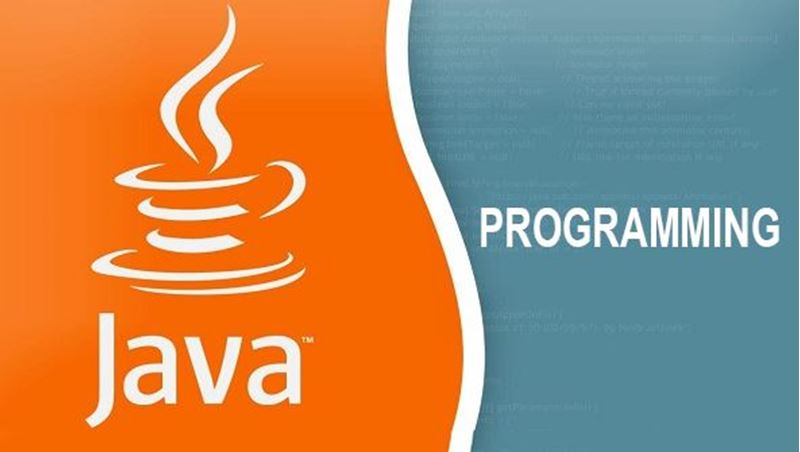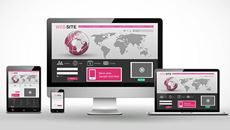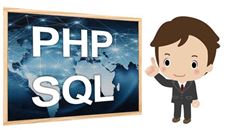- Delivery Method Online
- Professional Certificate
- 24hrs Suggested Study Time
- 3 Months Access
- Tutor Support
- Study On Any Device
- 3592 Students
Java Programming Intermediate

Deepen your understanding of the Java programming language, and start writing programs that are more sophisticated and professional.
Deepen your understanding of the Java programming language, and start writing programs that are more sophisticated and professional. Learn how to save data permanently on a disk by writing it to a sequential data file. See how to read the file to get the data back and process it. Organise information using multiple classes in Java's class hierarchy and inheritance. Explore some of the hundreds of classes that are built into the Java language. Find out how to create GUI applications in Java using tools like windows, menus, buttons, text boxes, check boxes, scroll bars, and other GUI tools.
In this course, you'll build several complete applications that combine these concepts. You'll also use the knowledge you gain to solve programming problems included with the lessons--problems designed to help you master all the principles you learn.
Courses are delivered to you through expertly executed lessons, online instruction and interaction with like-minded students. Our courses are designed to deliver all of the benefits of studying in a classroom whilst giving you the flexibility to study at a time and place to suit your needs. You can access your classroom 24/7 from any device with an internet connection.
This course has a 3 month duration. You'll complete comprehensive lessons, quizzes and assignments before submitting your final exam at the end of the course to achieve your certificate. Courses must be completed within the 3 month access period.

Brian Hall
Brian Hall is a software architect with more than 15 years of experience building software tools in the film visual effects industry. Over the course of his career, he has successfully led teams and mentored engineers in good software development ... Read more
Read Brian Hall's ProfileFrequently Asked Questions
What people are saying about our courses
The Learning Environment
From the moment that you enrol in the Java Programming Intermediate you will become an integral part of our learning community. You'll find yourself with the freedom to learn at a speed that suits you, on any device, from anywhere in the world. Achieving your career goals no longer has to mean compromising family and work commitments.
Ready to get started?
Enrol NowOur Values
Learn At Your Own Pace
We believe in personalised learning. That's why we provide all the tools and support you need to succeed at your own pace. With flexible learning, you'll stay motivated and retain more information. Plus, you can balance your studies with work and family commitments to make your dreams a reality.
We Won't Break The Bank
Education should be accessible to anyone who wants to learn. That's why we offer some of the most competitive prices in the industry with payments plans for just $25 per week. Investing in your future is a smart choice and doesn’t have to break the bank.
Industry-Led Courses
There's no better way to learn than from experts with years of experience in your field. That's why each of our 200+ industry-led courses are designed to give you a real-life perspective on your industry. With our expert mentors, you'll learn from people who have a wealth of knowledge and experience, and who are passionate about sharing it with you.
Get The Personal Support You Deserve
At Vibe Learning, we're real people who are dedicated to providing you with personal support every step of the way. Our industry experts are not only professional and knowledgeable but also incredibly passionate about sharing their expertise with you. With their guidance, you'll gain invaluable insights and practical knowledge to help you succeed.
Still looking?
Check out the following courses related to Java Programming Intermediate:


